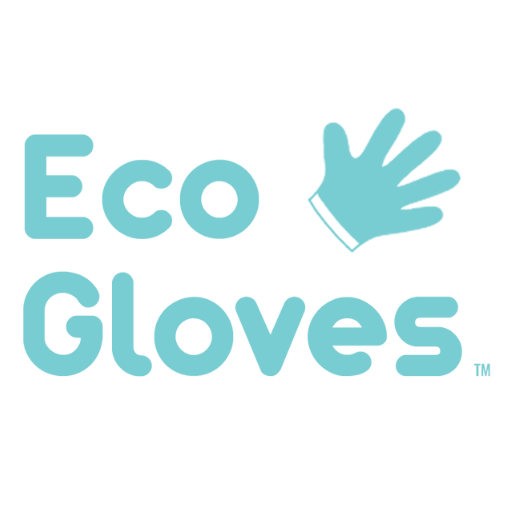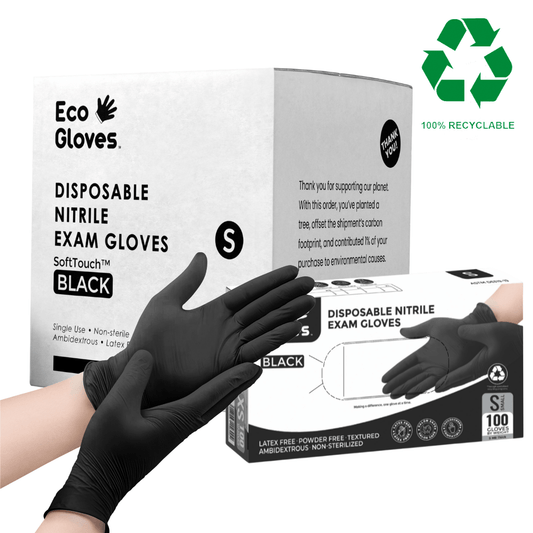Over 57 Million Pounds of Pandemic-Related Plastic Pollution from PPE Contaminate U.S. Oceans
Eco Gloves
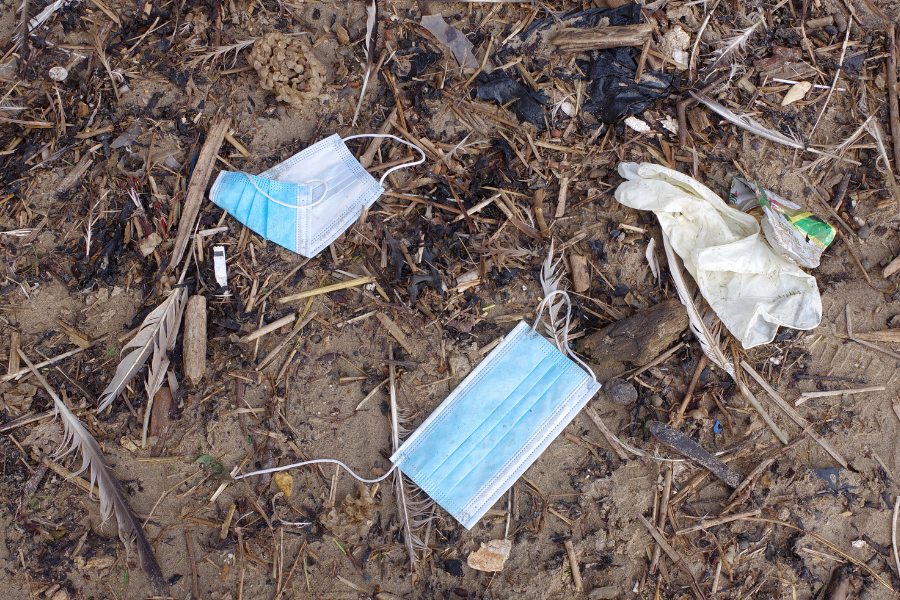
Since the 2020 global shutdowns, many may have noticed that the air and water all around the planet has gotten cleaner as nature was hit with the reset button and rebounded around the world. However, what often goes unnoticed is the staggering volume of single-use personal protective equipment (PPE) – including masks, gloves, and various medical gear – that has been carelessly discarded over the years. Despite efforts in sectors like food and hospitality to adopt more sustainable disposable products, the pervasive issue of plastic and single-use pollution continues to plague our waterways and landfills. As a responsible entity dedicated to environmental sustainability, we recognize the urgency of addressing this issue. In this comprehensive exploration, we delve into the detrimental impact of PPE plastics on our oceans and present actionable strategies to mitigate this burgeoning environmental crisis.
Topics Covered
- Understanding the Impact of Plastic Waste During COVID-19
- Strategies for Mitigating PPE Plastic Pollution
- Key Takeaways: Over 57 Million Pounds of Pandemic-Related Plastic Pollution from PPE Contaminate U.S. Oceans
-
Frequently Asked Questions About PPE Plastic Pollution
Understanding the Impact of Plastic Waste During COVID-19
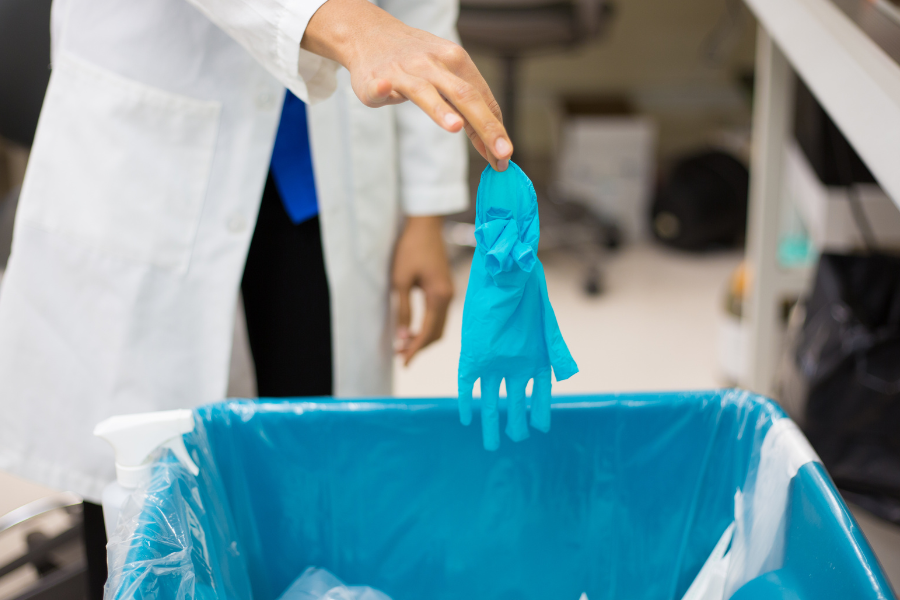
The onset of the COVID-19 pandemic brought forth unprecedented challenges, notably the surge in demand for personal protective equipment (PPE) to mitigate the spread of the virus. While crucial for safeguarding public health, the widespread use and disposal of PPE have resulted in a concerning surge in plastic pollution, particularly in our oceans. As highlighted in a Forbes article, The Amount Of Plastic Waste Is Surging Because Of The Coronavirus Pandemic, the pandemic has led to a significant increase in plastic waste, with disposable masks and gloves becoming ubiquitous in everyday life.
The Impact of PPE Plastics on Ocean Pollution
The improper disposal of PPE, predominantly composed of non-biodegradable plastics such as polypropylene and polyethylene, poses a significant threat to marine ecosystems. These plastics degrade slowly, persisting in the environment for hundreds of years and causing irreparable harm to marine life. PPE discarded in public areas, ends up clogging sidewalk drains and washing into waterways. Sea turtles, seabirds, and marine mammals often mistake PPE debris for food, leading to ingestion and entanglement, ultimately resulting in injury or death.
Visualizing the Impact
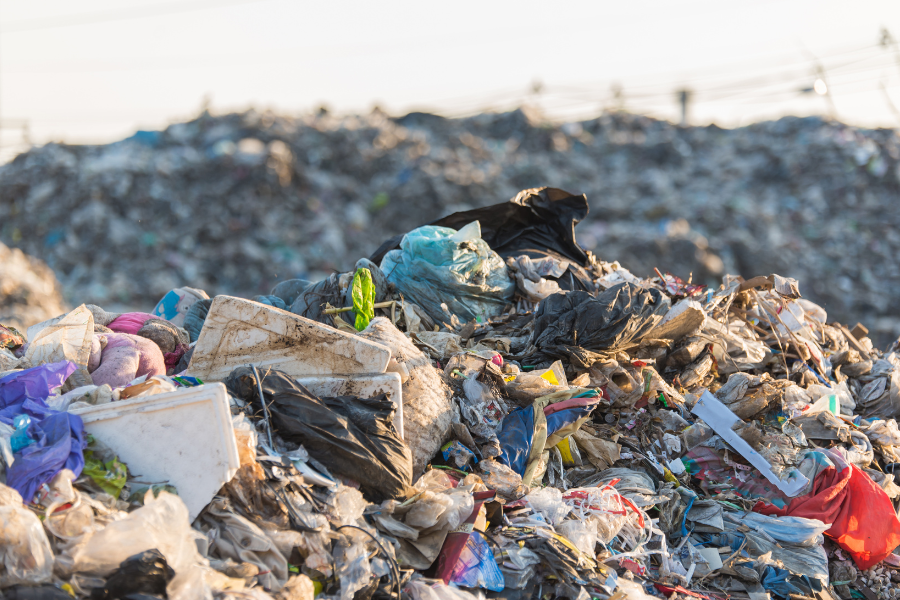
The scale of plastic waste generated by the widespread use of PPE during the COVID-19 pandemic is staggering and demands attention. To truly comprehend the magnitude of this issue, we should consider the PPE that contributed largely to this problem:
Face Masks: estimated 129 billion face masks and 65 billion gloves were used globally each month during the COVID-19 pandemic, contributing to the staggering volume of plastic waste entering our oceans. If laid out end to end, these masks would encircle the Earth approximately 325 times, highlighting the sheer volume of single-use plastic being introduced into the environment.
Gloves: Additionally, approximately 65 billion gloves are used worldwide each month to protect against the virus. If these gloves were stacked on top of each other, they would reach a height equivalent to Mount Everest over 700 times, underscoring the immense impact of disposable PPE on our ecosystems.
When considering the cumulative impact of both face masks and gloves, the numbers become even more staggering. Every month, an estimated 194 billion pieces of PPE are discarded globally, contributing to the exponential growth of plastic pollution in our oceans.
Strategies for Mitigating PPE Plastic Pollution
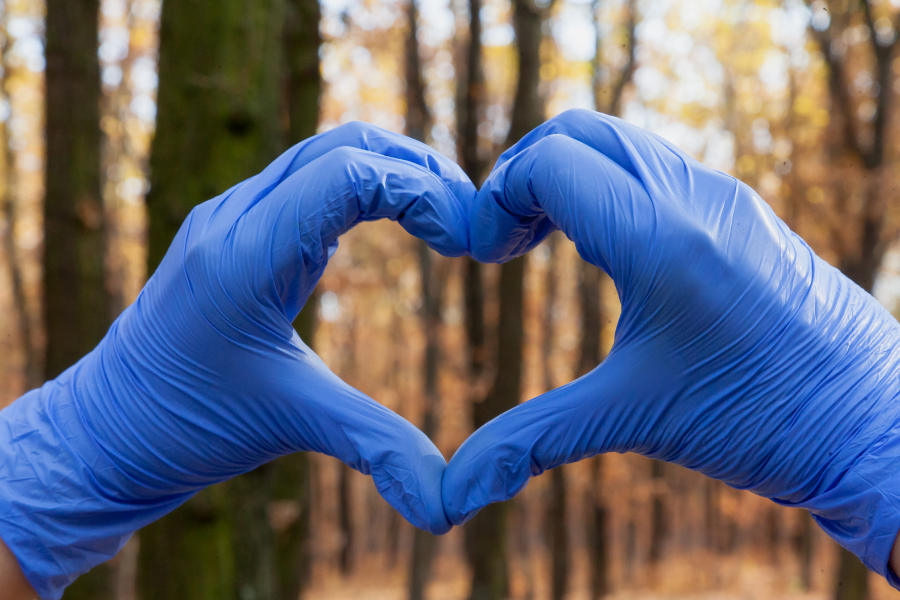
1. Promoting Sustainable Alternatives
Encouraging the adoption of eco-friendly PPE alternatives, such as reusable masks and recyclable and biodegradable gloves, is paramount in reducing plastic waste. By investing in sustainable options such as these, we are not only cutting down on the production pollution, but also contributing to the prevention and removal of waste in landfills.
2. Implementing Proper Disposal Practices
Educating the public on sustainable single-use products and even the importance of responsible disposal practices is crucial. Establishing designated collection points for used PPE, sorting and allocating sustainable products to their proper disposable methods, and and facilitating proper recycling channels can effectively prevent plastic waste from entering our landfills and oceans.
3. Advocating for Policy Changes
Engaging in advocacy efforts to enact legislation aimed at regulating the production and disposal of PPE plastics is essential. By advocating for extended producer responsibility (EPR) policies and plastic waste reduction initiatives, we can drive systemic change and mitigate the proliferation of PPE-related pollution.
4. Embracing Circular Economy Principles
Embracing circular economy principles within the PPE supply chain is instrumental in minimizing plastic pollution. By prioritizing product design for compostability, biodegradability, recyclability and implementing closed-loop recycling systems, we can achieve a more sustainable and circular approach to PPE production and consumption.
Conclusion
In conclusion, addressing the issue of plastic pollution stemming from PPE is imperative for safeguarding our oceans and preserving marine ecosystems. By implementing sustainable alternatives, promoting proper disposal practices, advocating for policy changes, and embracing circular economy principles, we can collectively mitigate the detrimental impact of PPE plastics on our environment. Together, let us take proactive measures to combat plastic pollution and ensure a cleaner, healthier planet for future generations.
Key Takeaways: Over 57 Million Pounds of Pandemic-Related Plastic Pollution from PPE Contaminate U.S. Oceans
-
Pandemic PPE Use Fueled Plastic Waste – COVID-19 led to an unprecedented surge in disposable PPE, with an estimated 129 billion face masks and 65 billion gloves used globally each month.
-
PPE Plastics Persist for Centuries – Materials like polypropylene and polyethylene break down slowly, threatening marine life through ingestion, entanglement, and habitat disruption.
-
Massive Visual Impact – If laid end to end, the masks used in one month during the pandemic could circle Earth 325 times; the monthly glove waste could stack higher than Mount Everest 700+ times.
-
Marine Ecosystems at Risk – Improperly discarded PPE clogs waterways, damages habitats, and harms species like sea turtles, seabirds, and marine mammals.
-
Sustainable Solutions Exist – Eco-friendly PPE alternatives, proper disposal education, policy changes, and circular economy approaches can significantly reduce future PPE-related pollution.
👉 Shifting toward sustainable PPE choices and responsible waste management is essential to protect oceans and marine life from lasting harm.
Frequently Asked Questions About PPE Plastic Pollution
-
How much PPE waste entered the oceans during COVID-19?
In the U.S. alone, over 57 million pounds of PPE-related plastic pollution ended up in oceans, largely from masks and gloves.
-
Why is PPE such a problem for marine life?
PPE made from non-biodegradable plastics can persist for hundreds of years, causing entanglement, ingestion, and habitat damage.
-
What types of PPE are most harmful to the environment?
Single-use items like disposable masks and gloves made from polypropylene or polyethylene have the highest environmental impact due to slow degradation rates.
-
Are there eco-friendly PPE alternatives?
Yes. Reusable masks, compostable gloves, and recyclable PPE options can reduce plastic waste while maintaining protection standards.
-
What can individuals do to help?
Choose sustainable PPE, dispose of single-use items in designated waste or recycling bins, and avoid littering in public areas.
